This can be especially difficult if you operate in a more solitary environment, as do many writers, artists, researchers, and people involved in projects outside of their paid job or formal study. Without the everyday structure of collaboration deadlines, team meetings, and so on it’s pretty easy to let the weeks slip by, to transfer an item from one to-do list to the next, to de-prioritise your own goals in favour of things that other people want from you. It can be hard to hold yourself accountable.
I started The Monthly Weeklies online goal-setting group with this in mind. My aim was to create a structure that would help me think seriously about short and medium term goals, a place to record those goals and my progress, and a team of people who could help keep each other focussed and celebrate each other’s successes.
The group started in September 2016 and, as the name suggests, it runs in monthly cycles with weekly check-ins. Members come and go, finding the structure useful in different ways. Benefits might include:
- devoting time to thinking about and setting their goals, even if it’s just 5-10 minutes each week;
- stating explicitly what they have done and what they aim to do;
- directing time and energy into the things they want to prioritise;
- breaking down big ideas into actionable, measurable tasks;
- keeping focused;
- getting a nudge to return each week instead of letting things slide;
- having a record of what they are capable of achieving on a weekly/monthly basis;
- the social contact element, which helps with accountability and enjoyability.
The fairly simple format of our group should be easy for others to replicate. If you're interested in setting up a group like this, or in learning about ours, please do pop over to The Research Whisperer to read more. . .

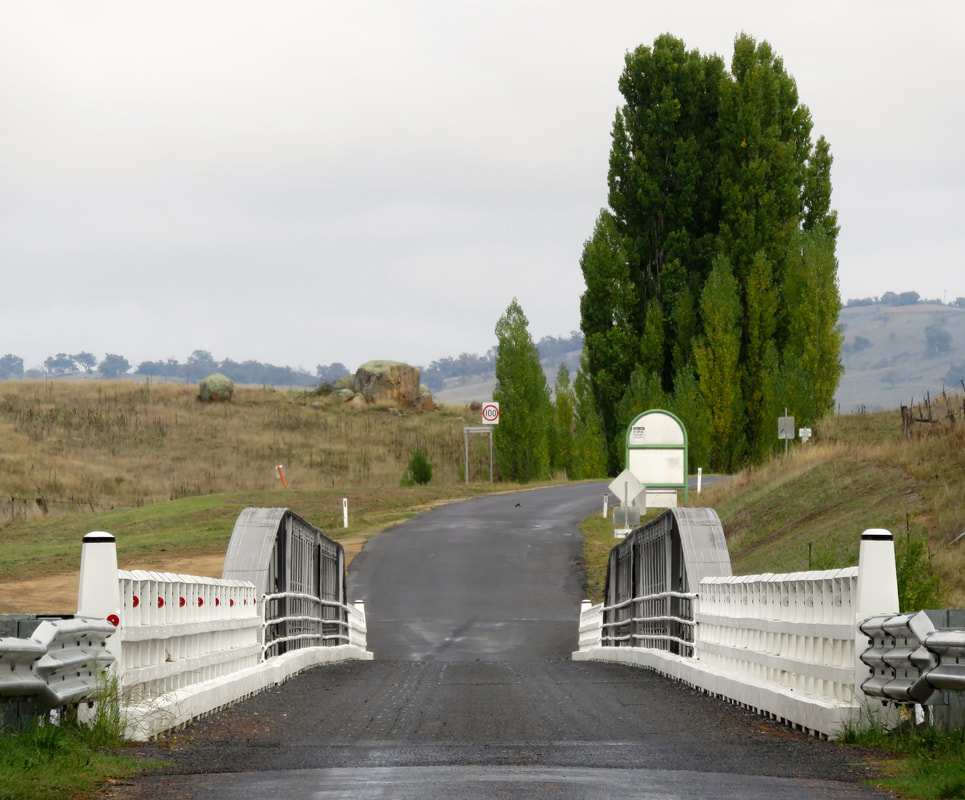
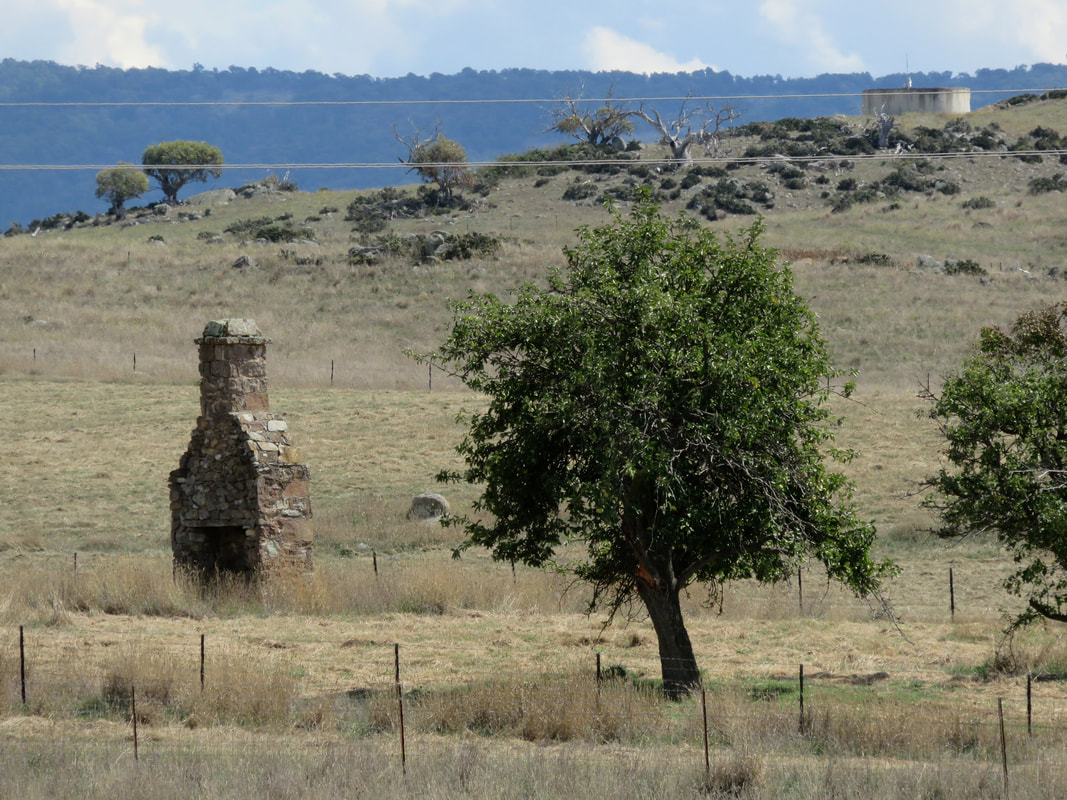
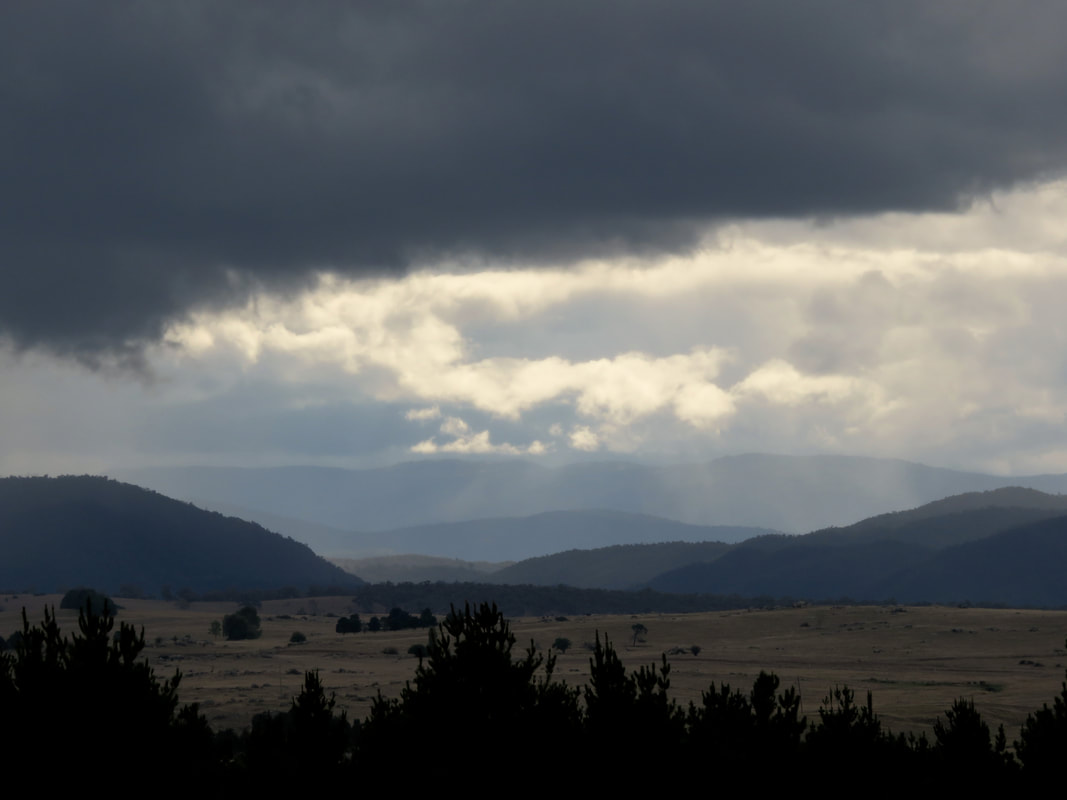
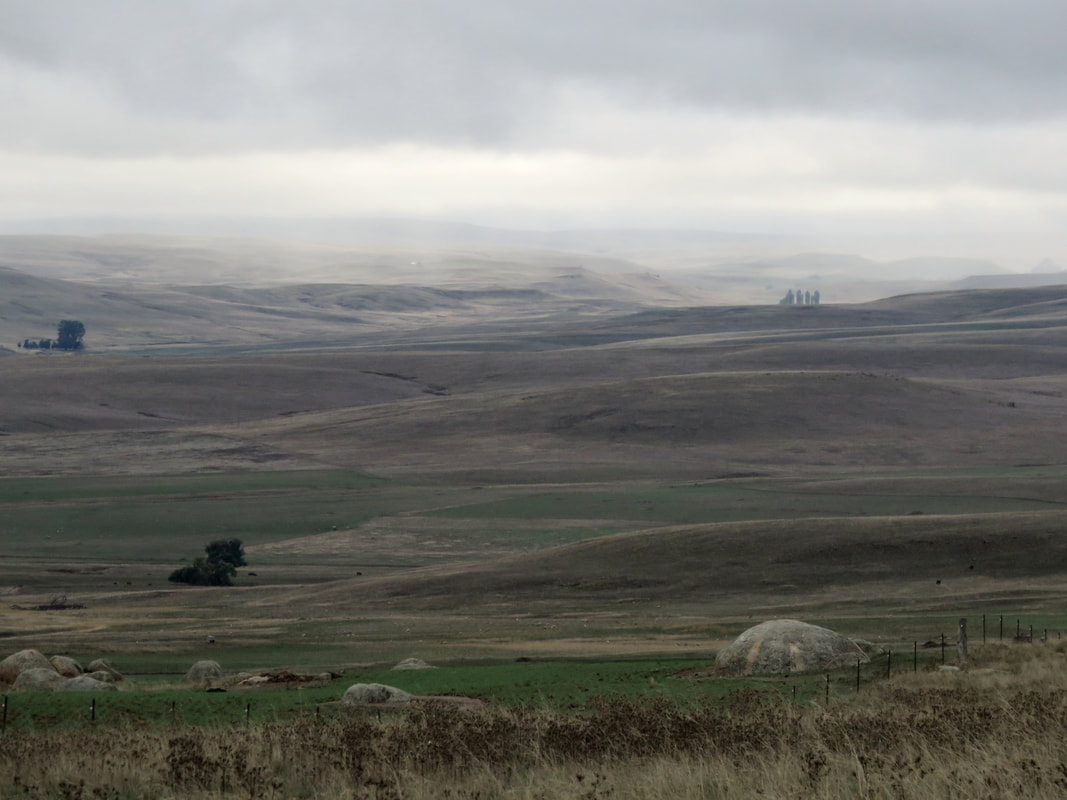
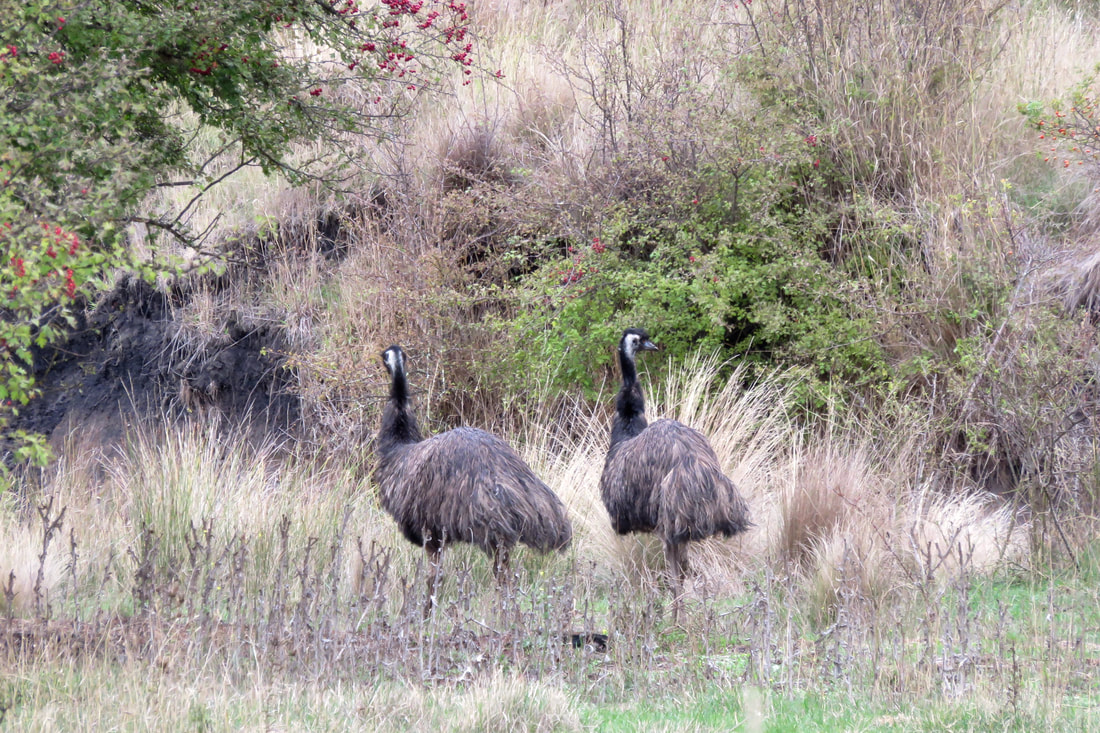
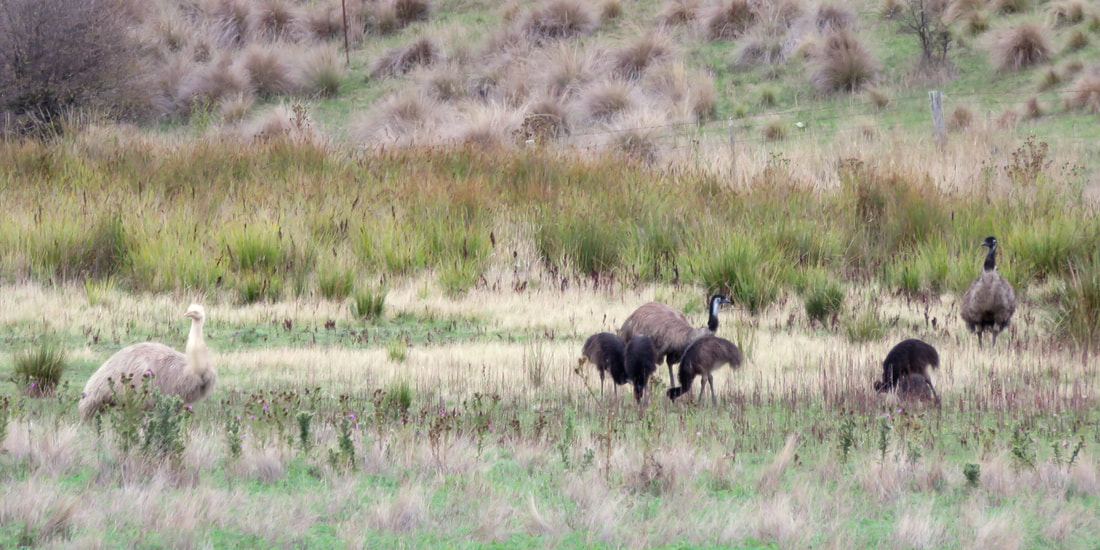
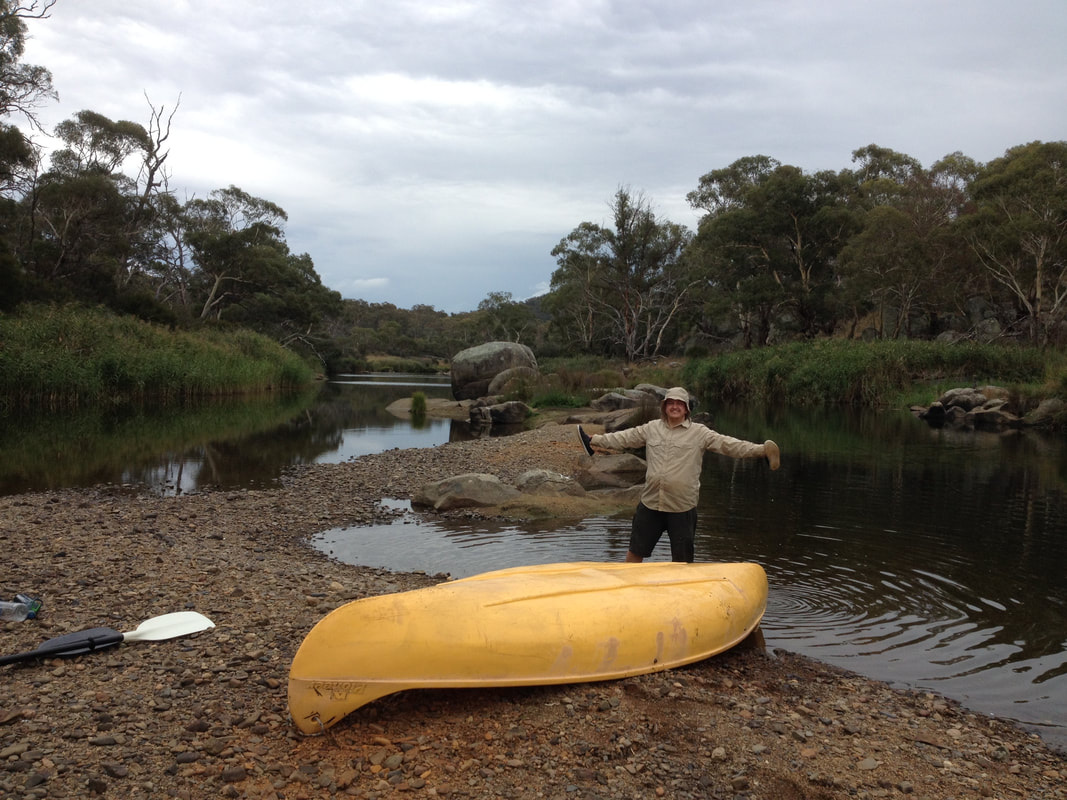
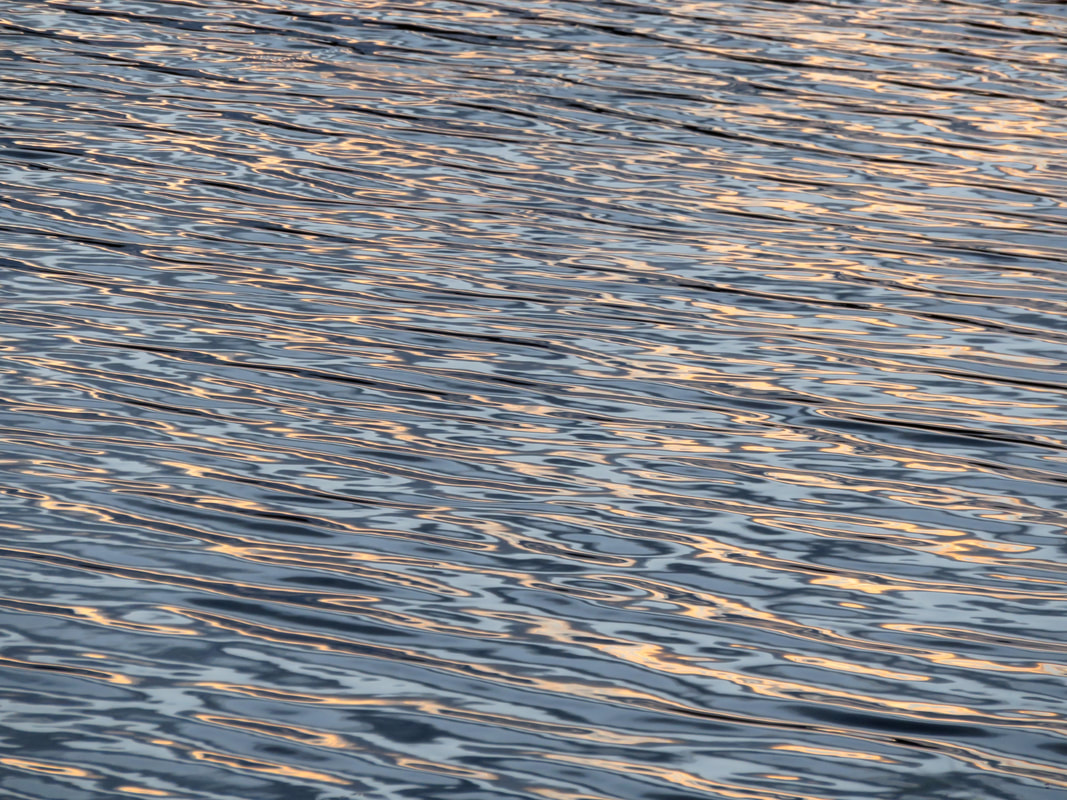
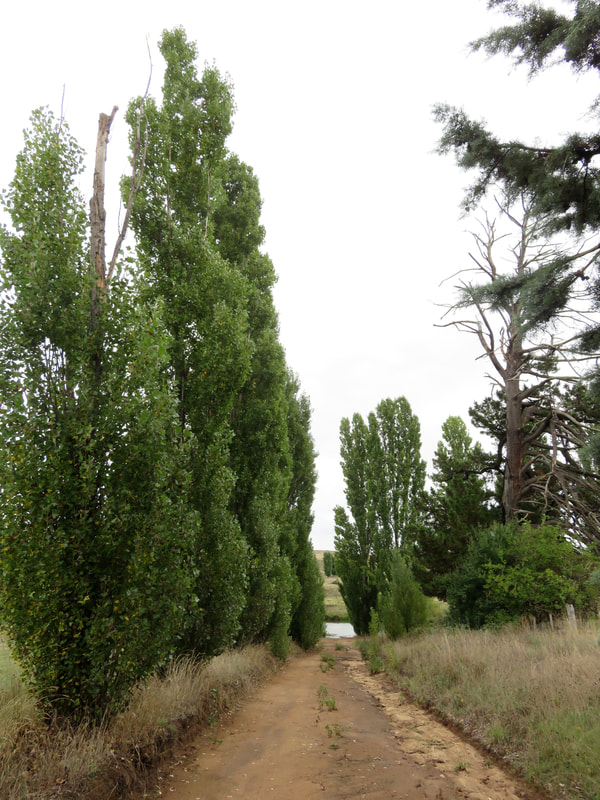
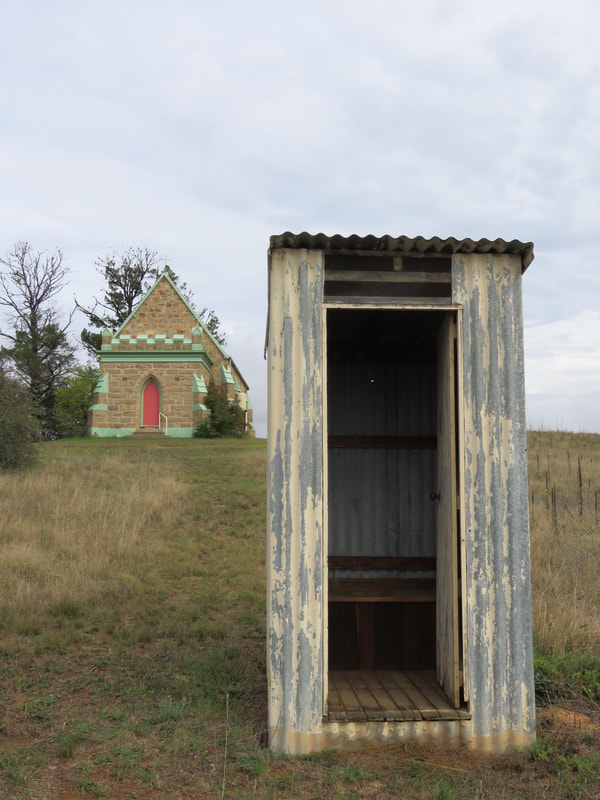
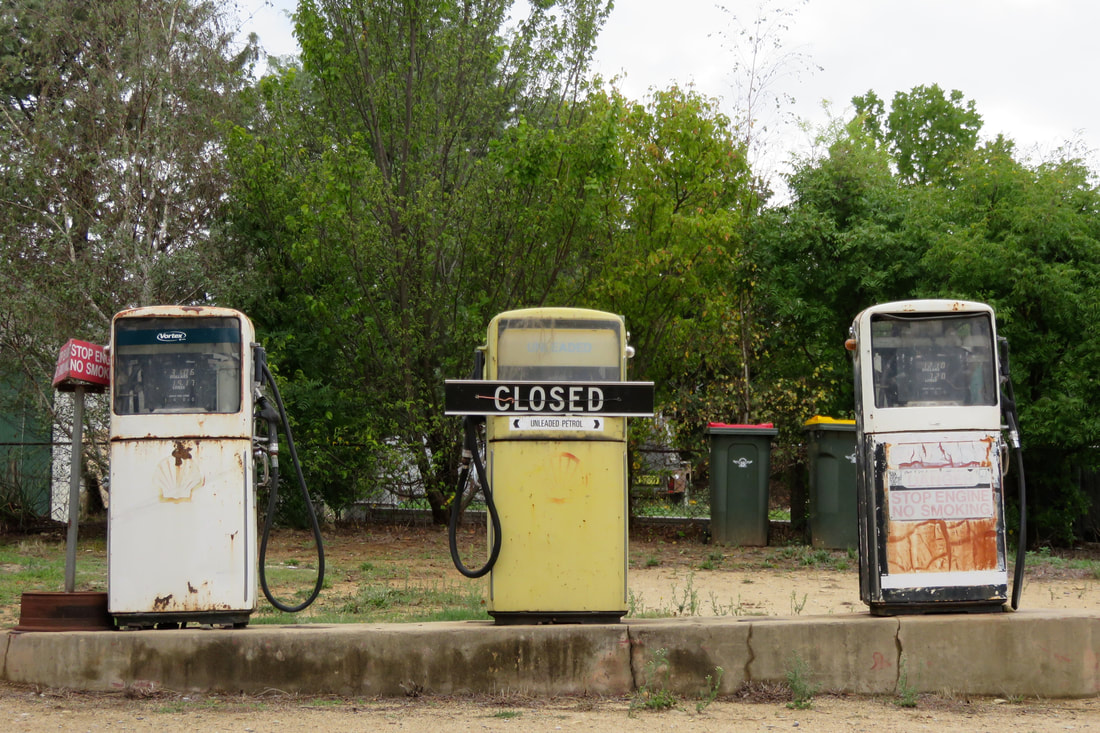
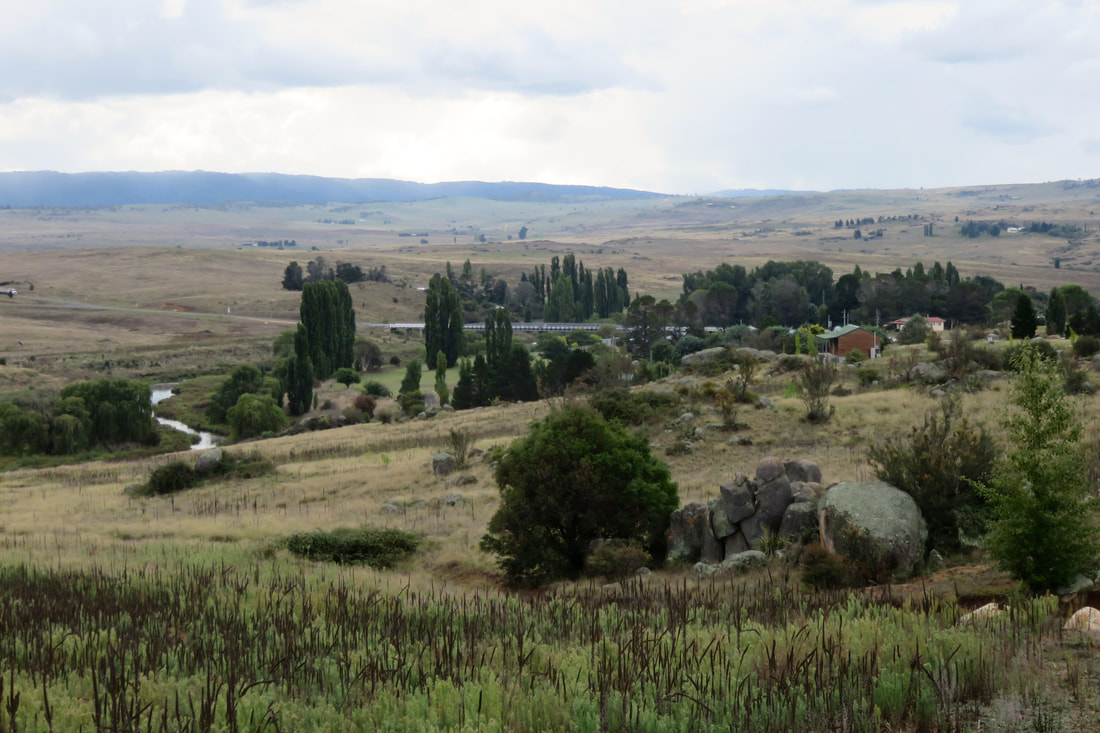
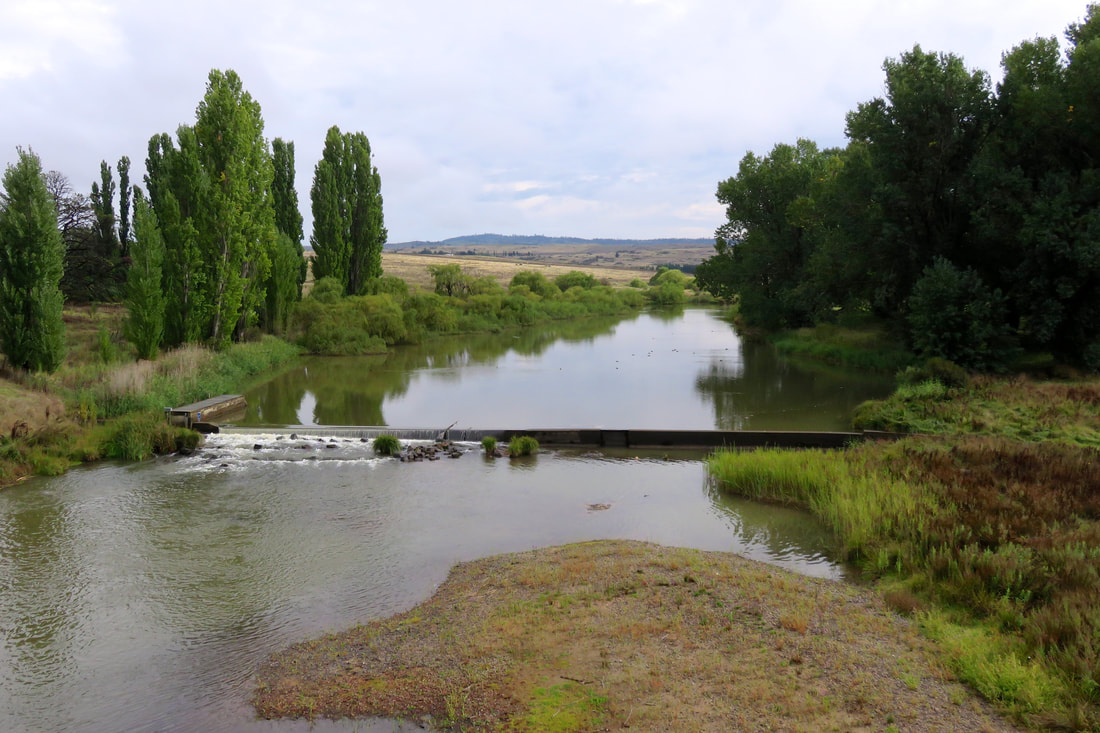
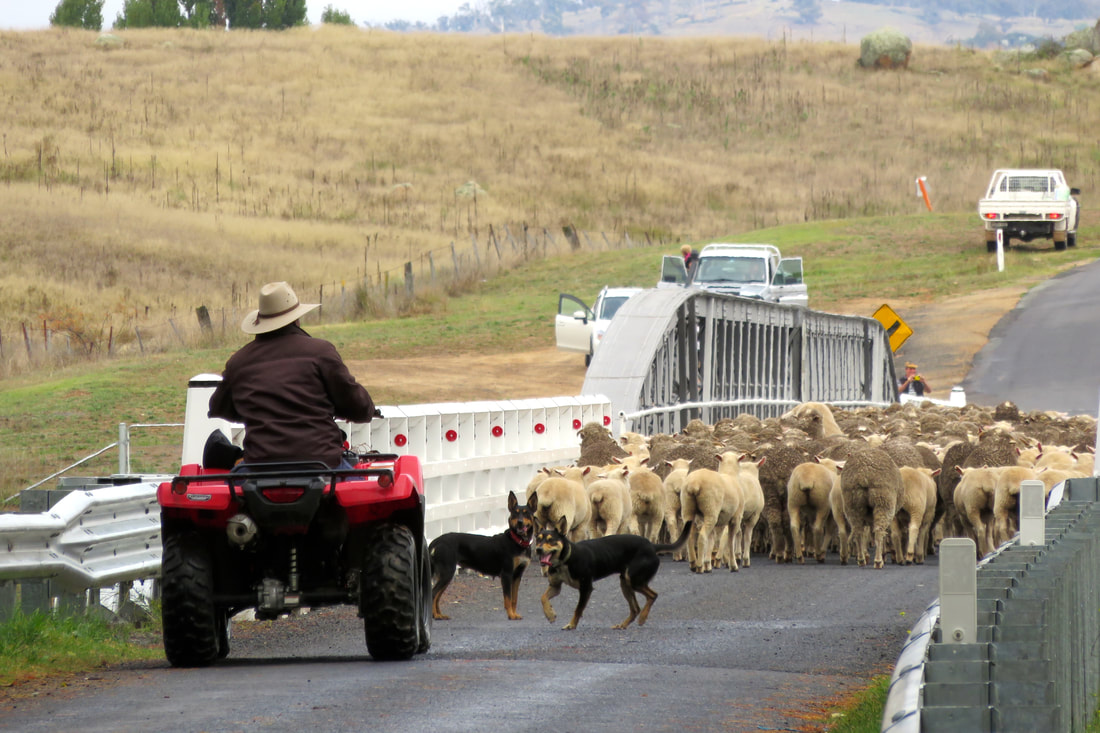
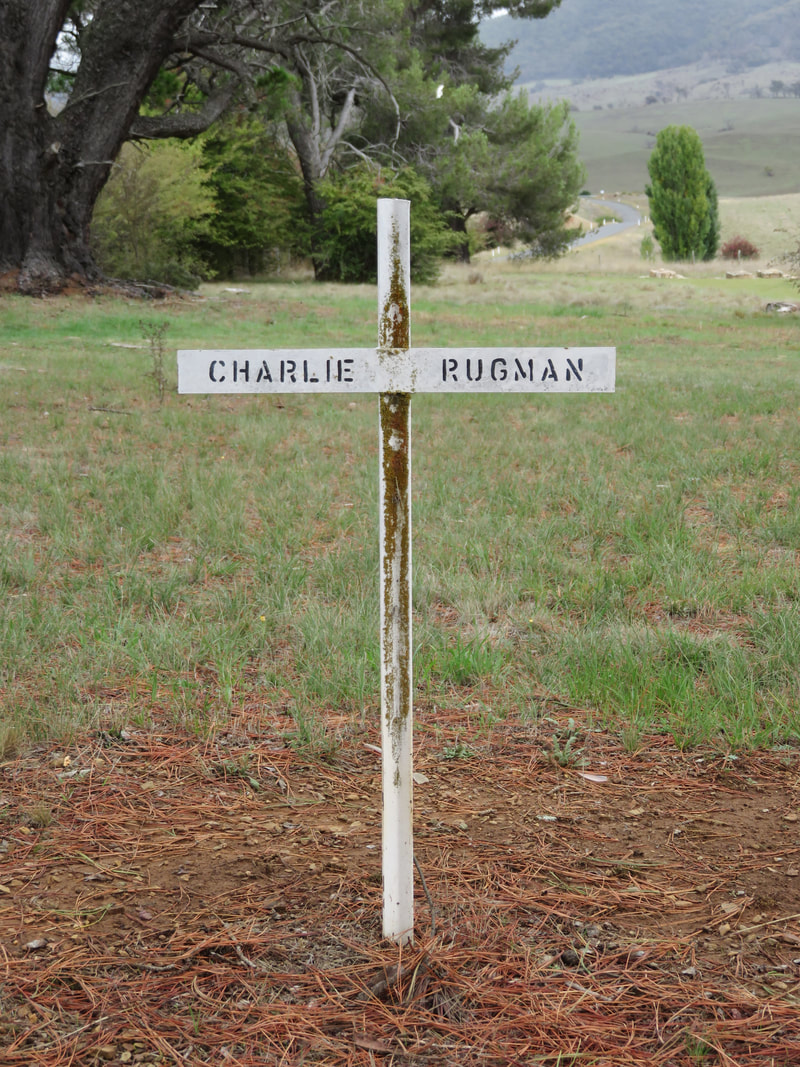
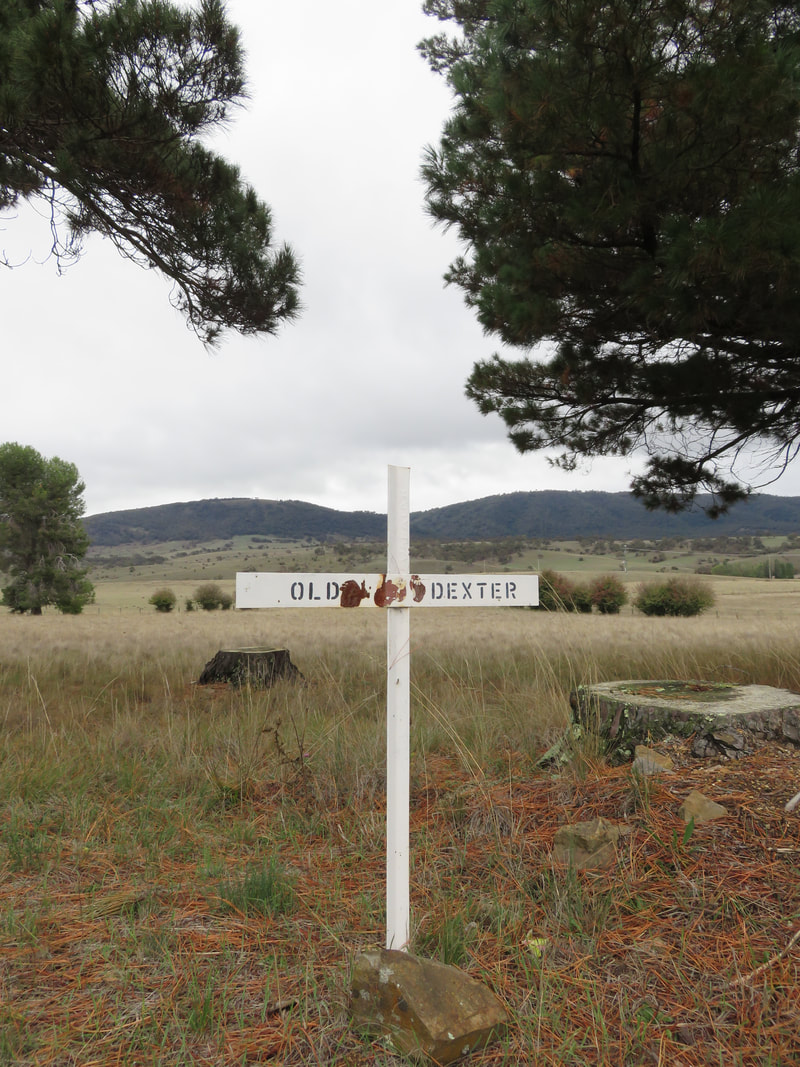
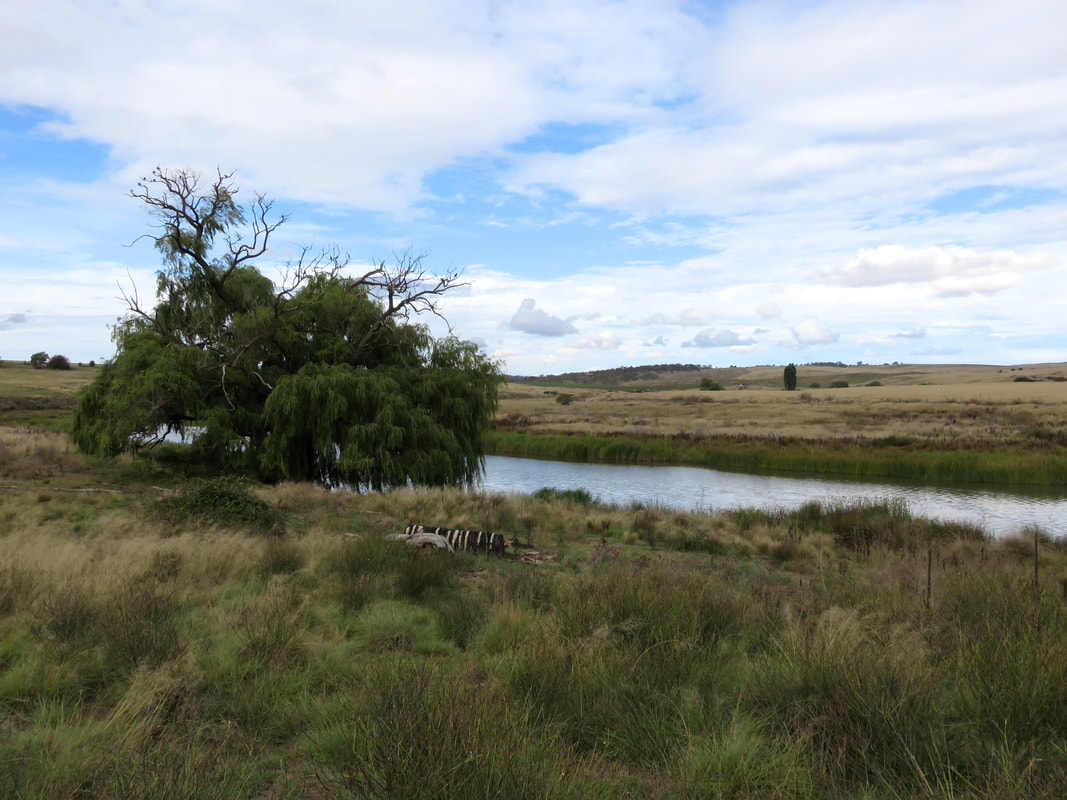
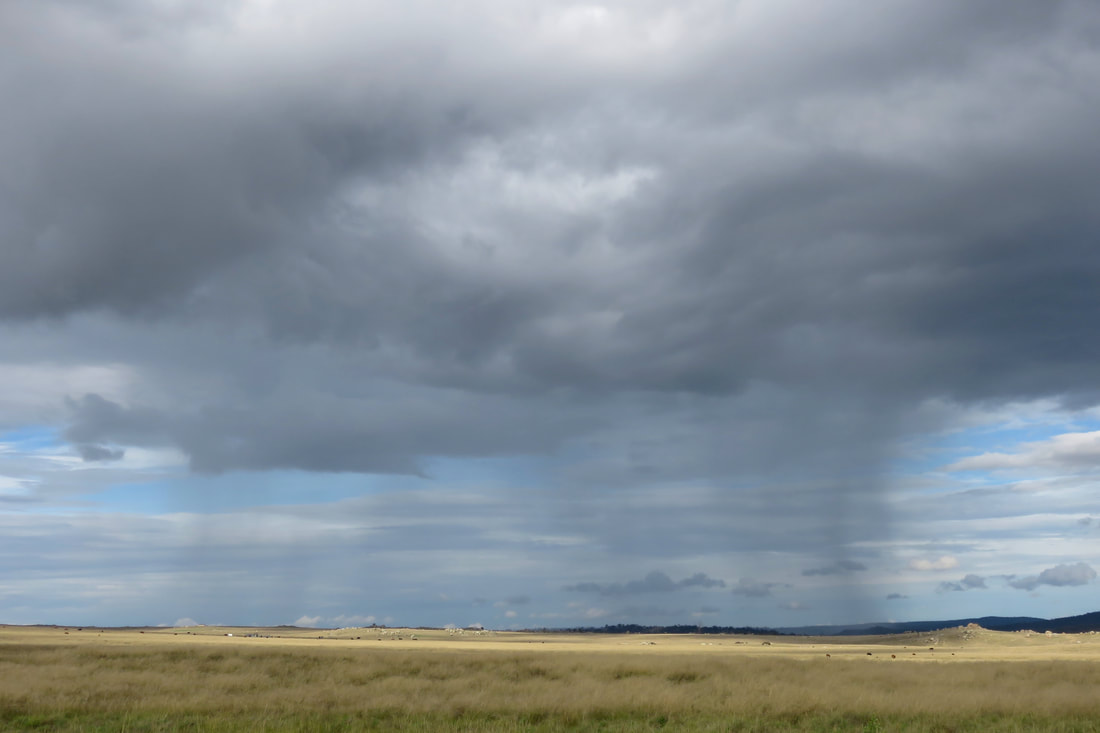
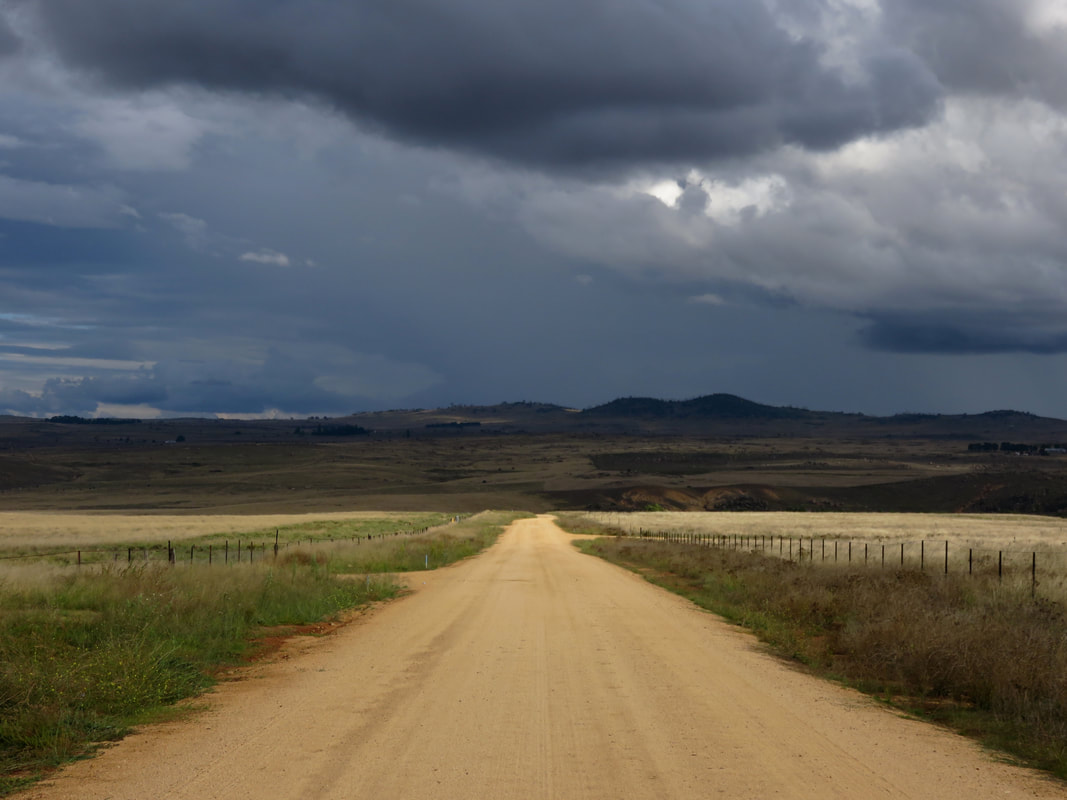
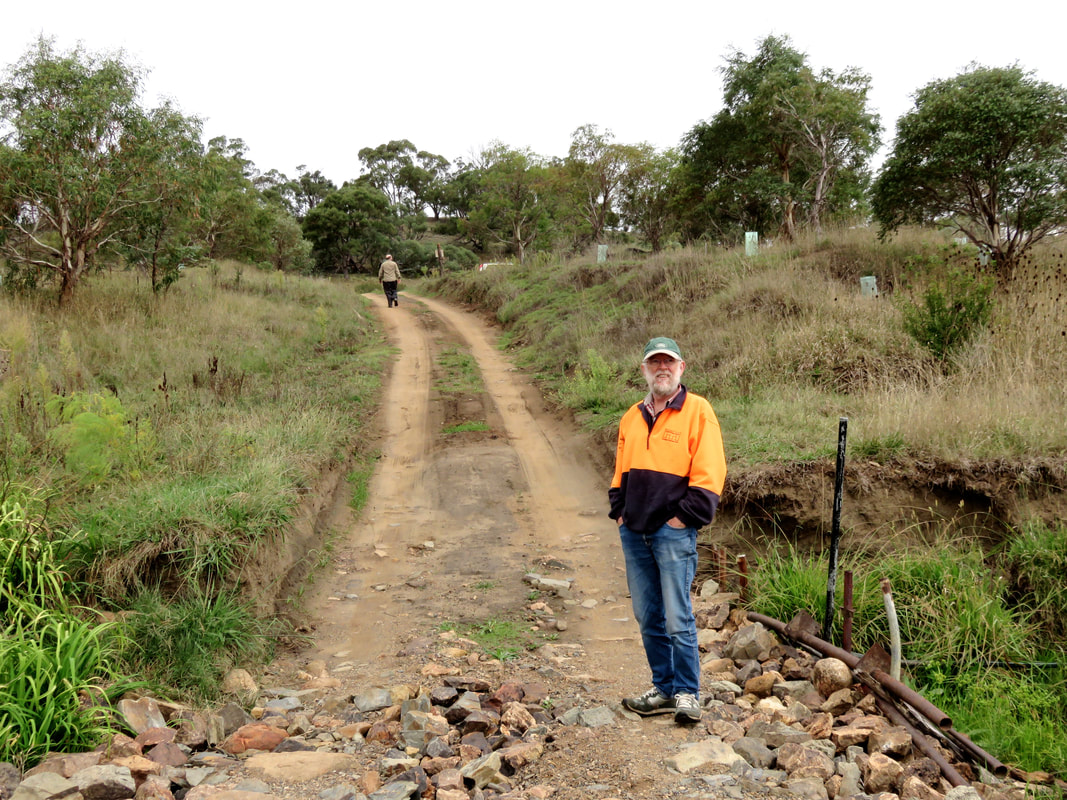
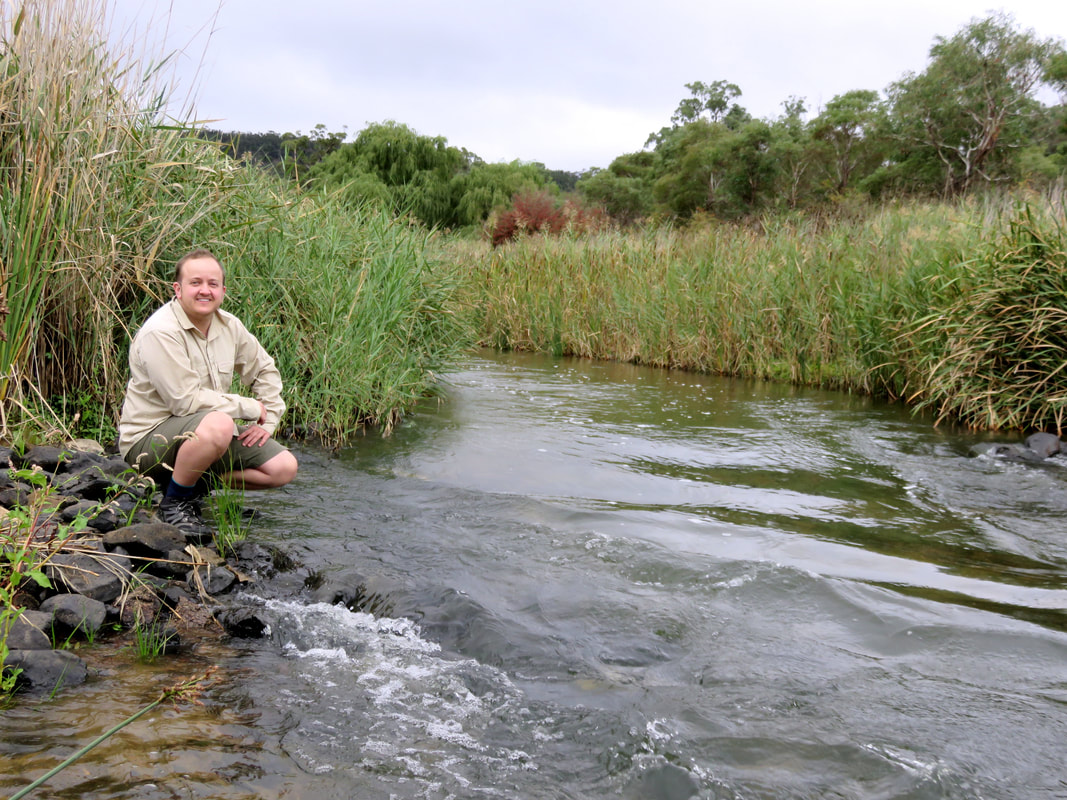
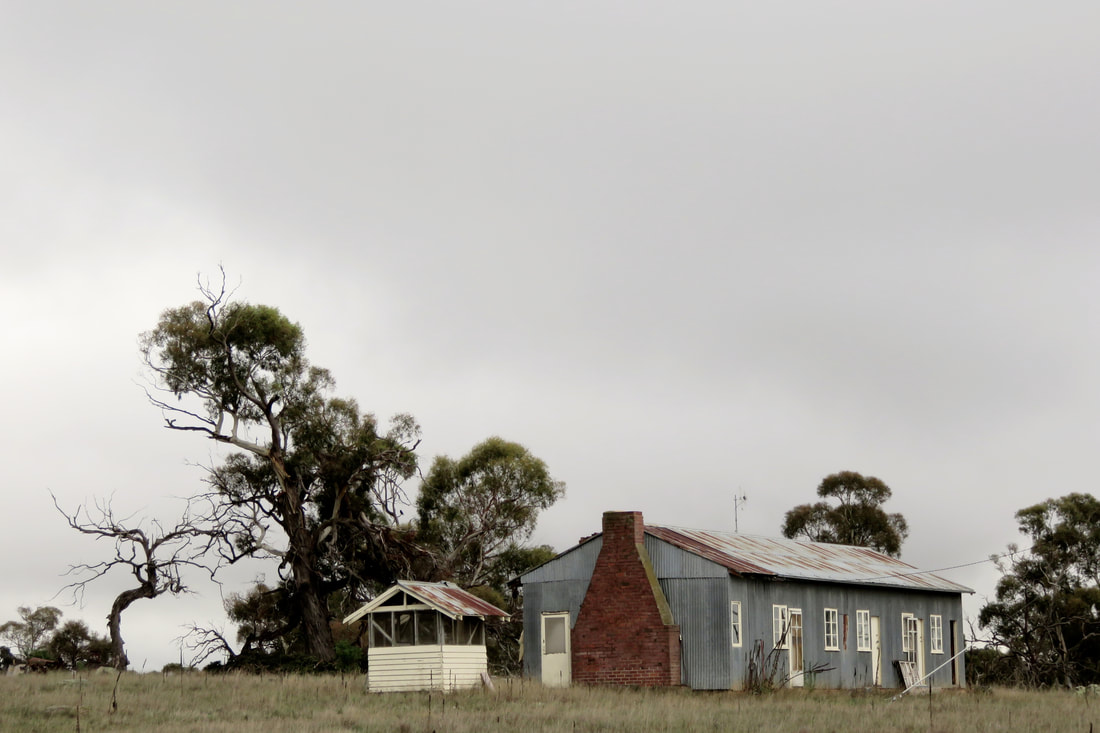
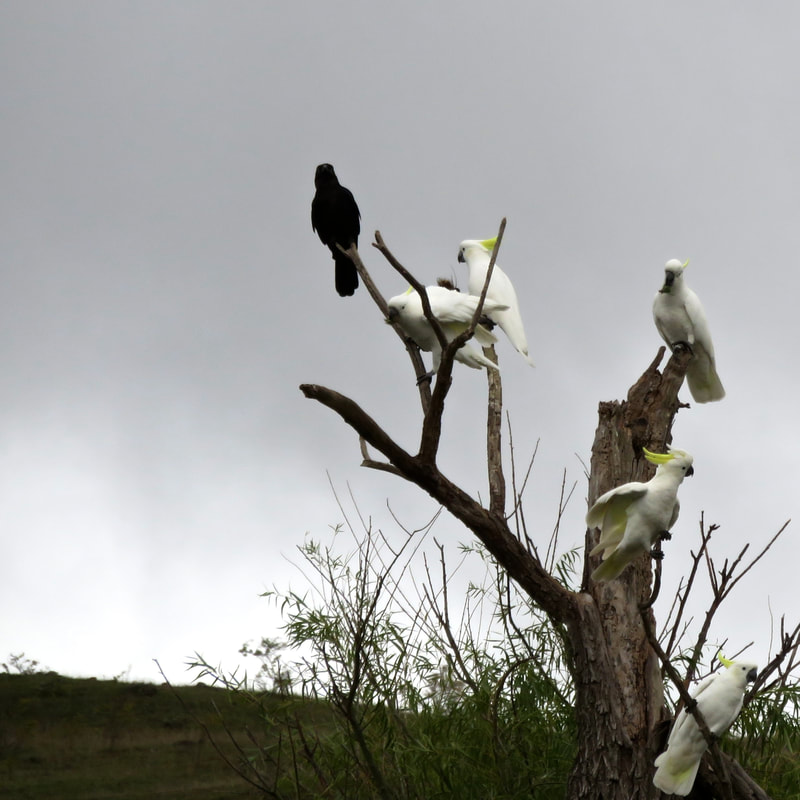
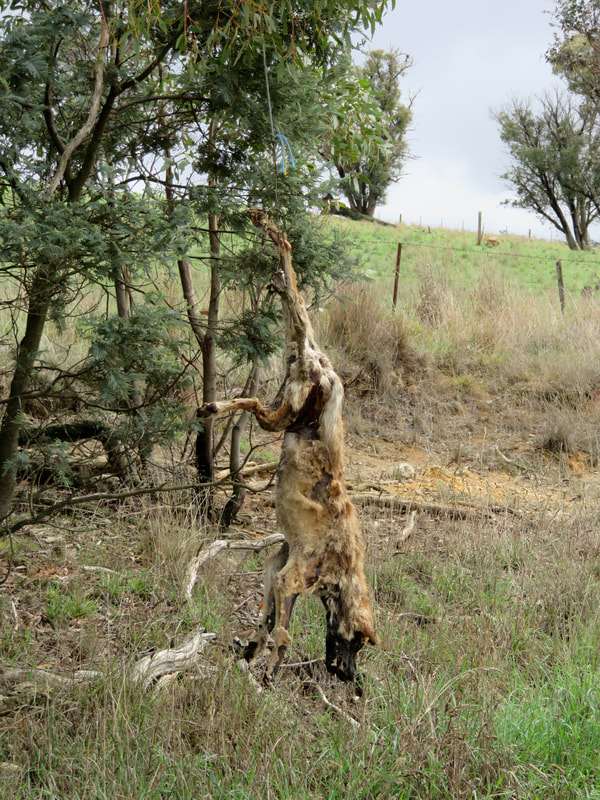
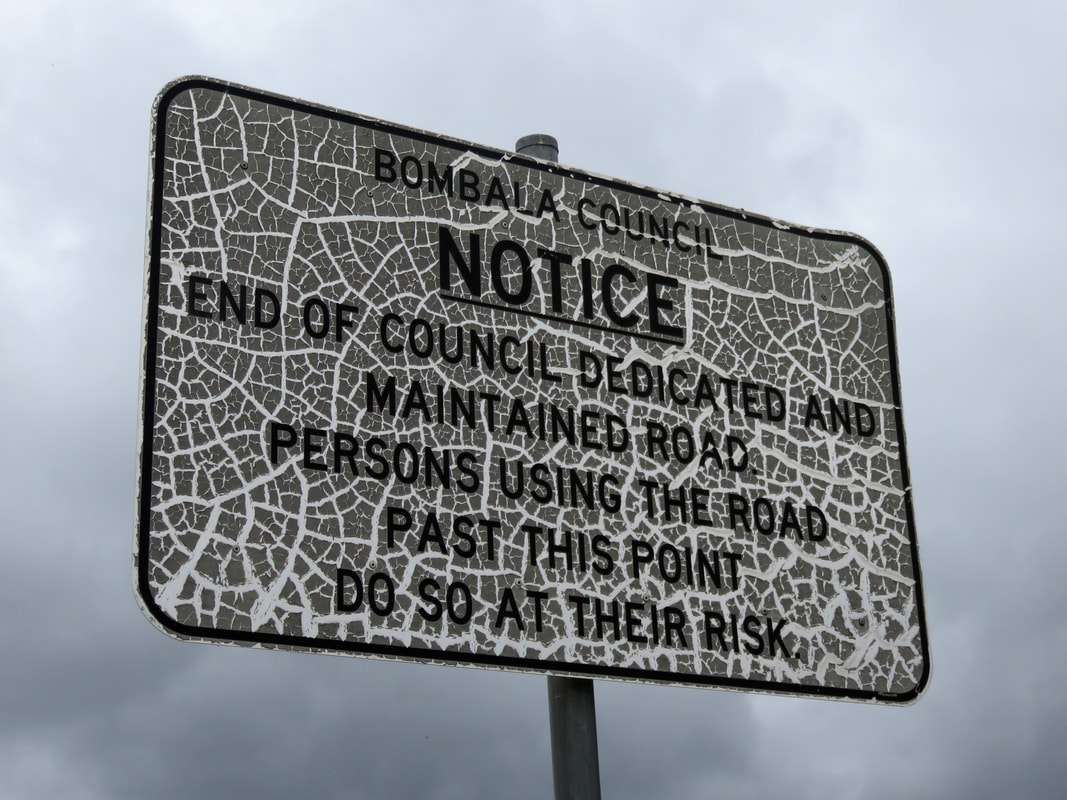
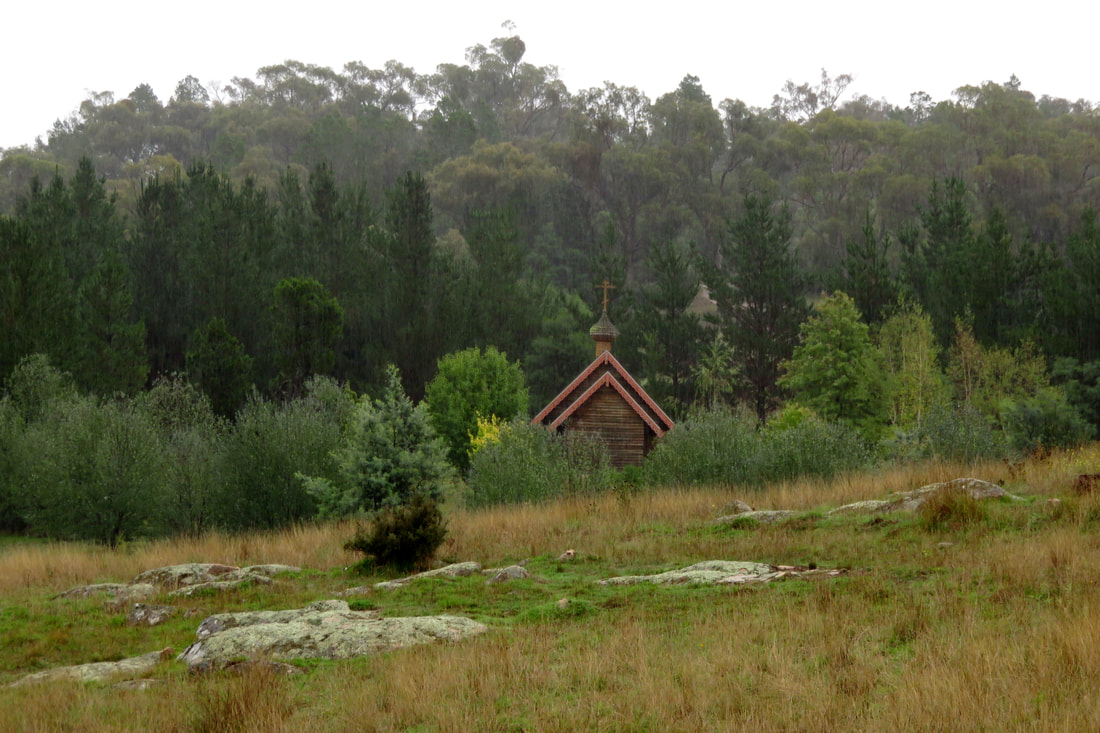
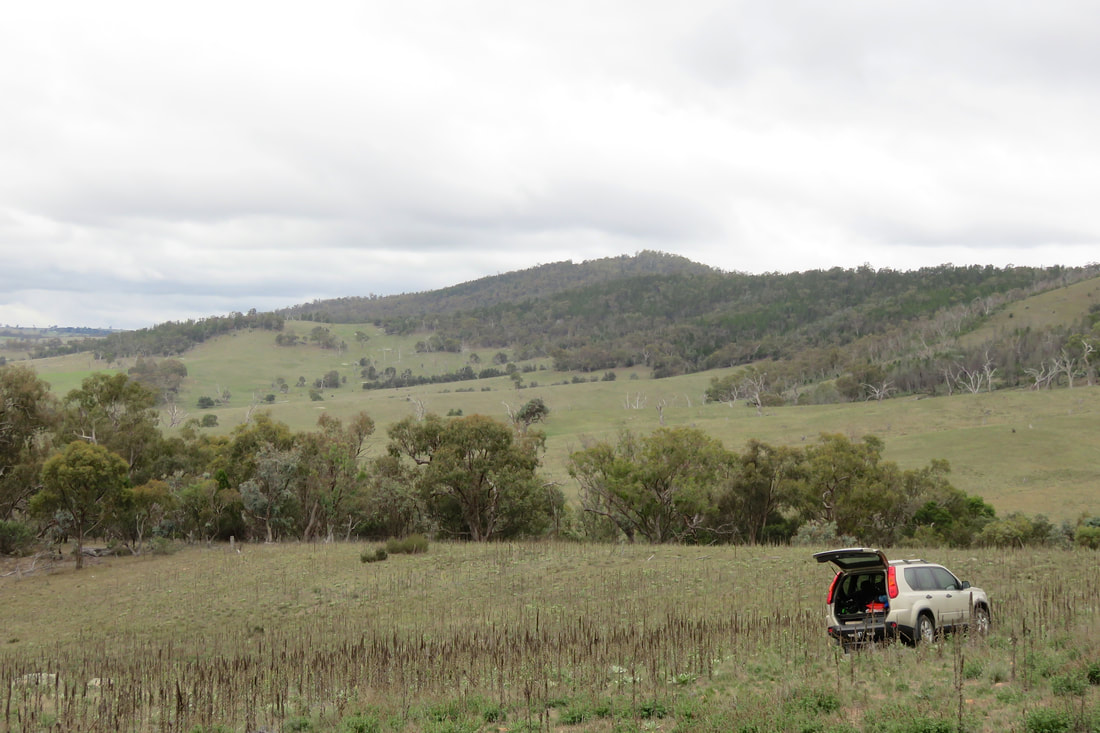
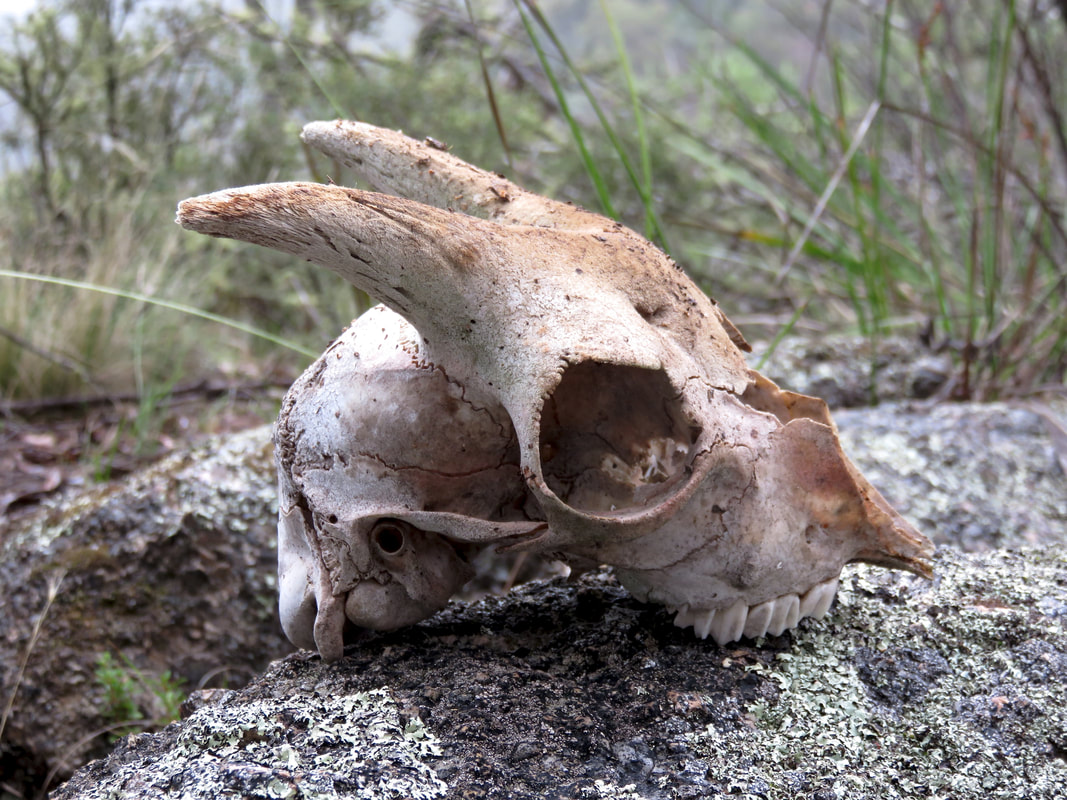
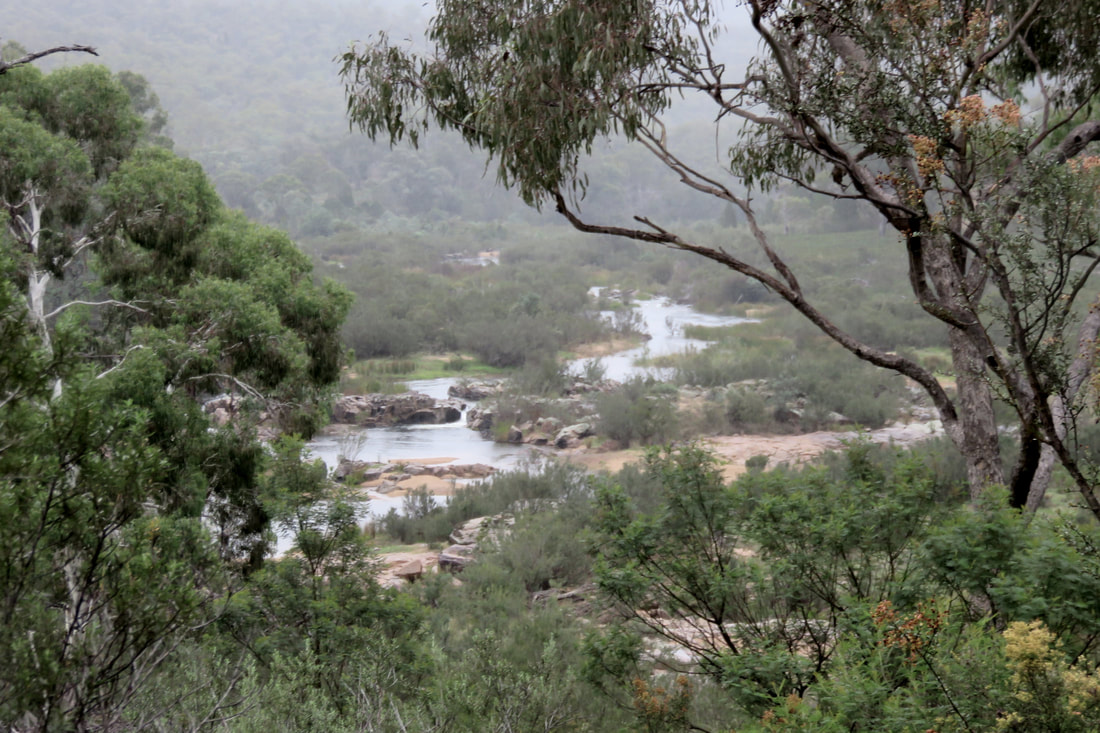
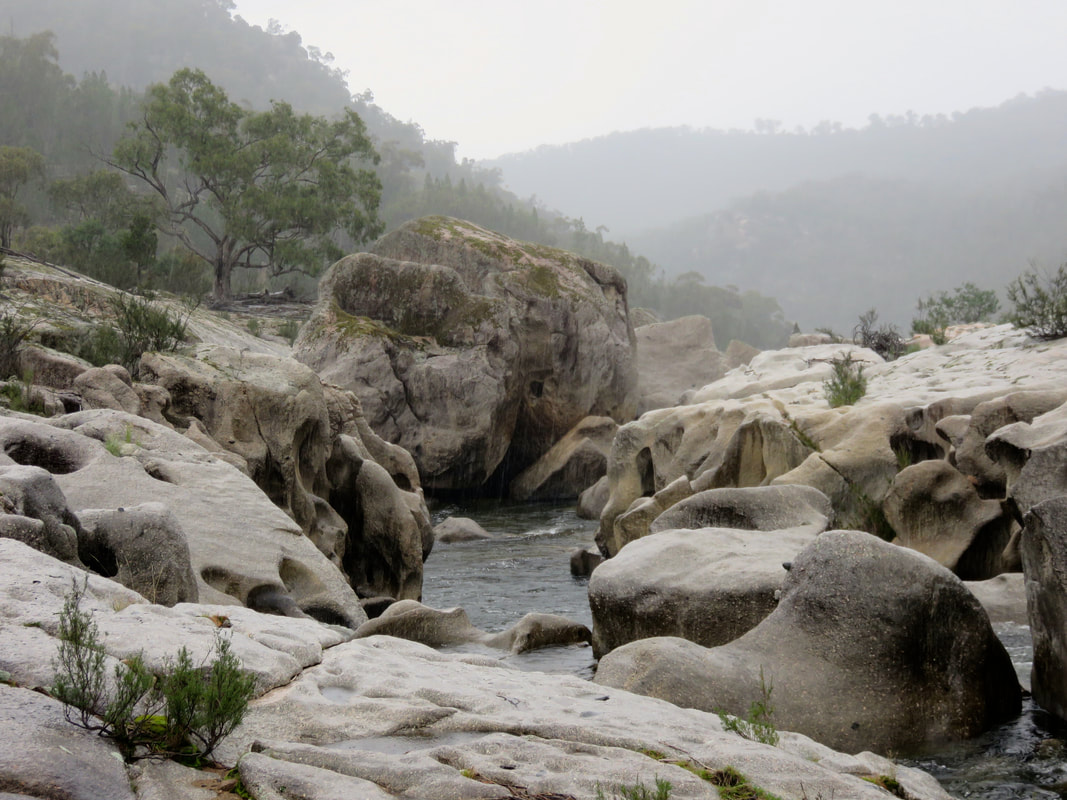
 RSS Feed
RSS Feed
